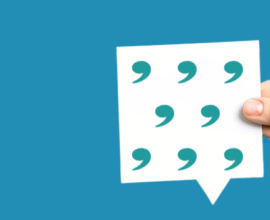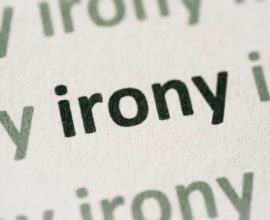Writing Fiction Using Snowflake Method
This is going to be a bit of a lengthy post. So, let’s get things straight.
Snowflake approach to writing a novel was conceived by Randy Ingermanson, an award-winning author. In this approach, you design your book from scratch – starting from a single line description of your story to developing it into a full-fledged novel. Here, you will know how to manage your creativity, organize your ideas and infuse them gracefully into your novel so you have a clear idea of what you’re writing about.
How to Write a Fiction using Snowflake Method:
Randy Ingermanson showed ten steps to writing a novel in this method. Here, I’ve summarized the steps for you to get a better understanding of it.
Step 1
Start by writing a single-line summary of your story. This is the foundation of your book, the base of what is to come. Limit the number of words in your summary to 15 words or less. Also, do not add the names of your character in the summary. When done, your 15-word summary should look something like this:
An autistic girl grows up to avenge her father’s killers.
Step 2
In the second step, expand the one-line summary of your story into a paragraph. Here, pen down the major storyline of your book including the disasters involved and the book’s ending.
Step 3
Now that you know the basic storyline and the plot, work on developing characters. The plot of your book should directly or indirectly tie back to the characters in your book. You should be clear of how your characters would look, behave, and respond. Write down the name of each character and develop a background story for your characters, their goals, their wants, their shortcomings, and their revelations (his or her transformation or a change that would lead to the climax of your book).
Step 4
Go back to step 2; see the paragraph that you developed from a single line? It’s time to develop each sentence in it into a separate paragraph, incorporating every detail that you’ve thought of.
Step 5
Now, start working on the details of your characters and write a one-page summary or description of your book’s major characters. The description should involve the characters briefly narrating the story from their point of view.
Step 6
At this stage, I’m quite sure you’ll have a good idea of your book’s story, the characters in it, the plot and the subplots. Now go back to step 4 and expand the paragraph on your book’s storyline into a 4 or 5-paged synopsis.
Step 7
Get back to step 5 and develop the description of characters into complete character charts.
Step 8
Now with synopsis in hand, expand the synopsis and include scenes that you have thought for each chapter of your book. This would allow you to seamlessly unfold the story, devoid of confusions.
Step 9
Knowing the description of scenes now, start writing a detailed description of the scenes you had penned down for your book.
Step 10
You now know your story, the characters in it, and the scenes. All you have to do now is start writing your first draft. Simple as that!
Advantages of Using Snowflake Method:
- It helps you avoid any loopholes in your storyline.
- Since you have a clear idea of all your chapters, plot, and your characters, the chances of rewriting chunks of pages are eliminated.
- It simplifies writing.
- There are few chances that you will suffer from writer’s block.
It’s a great approach to writing a novel that has worked for me. Try if this helps you in writing your dream fiction. It should!





